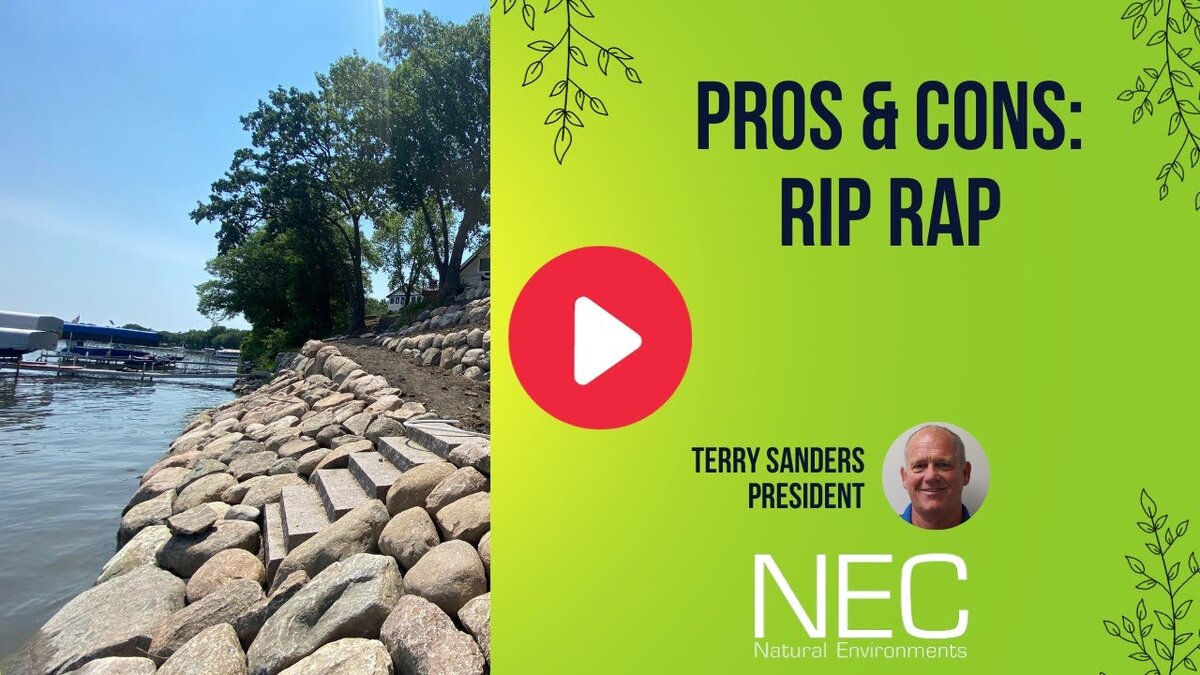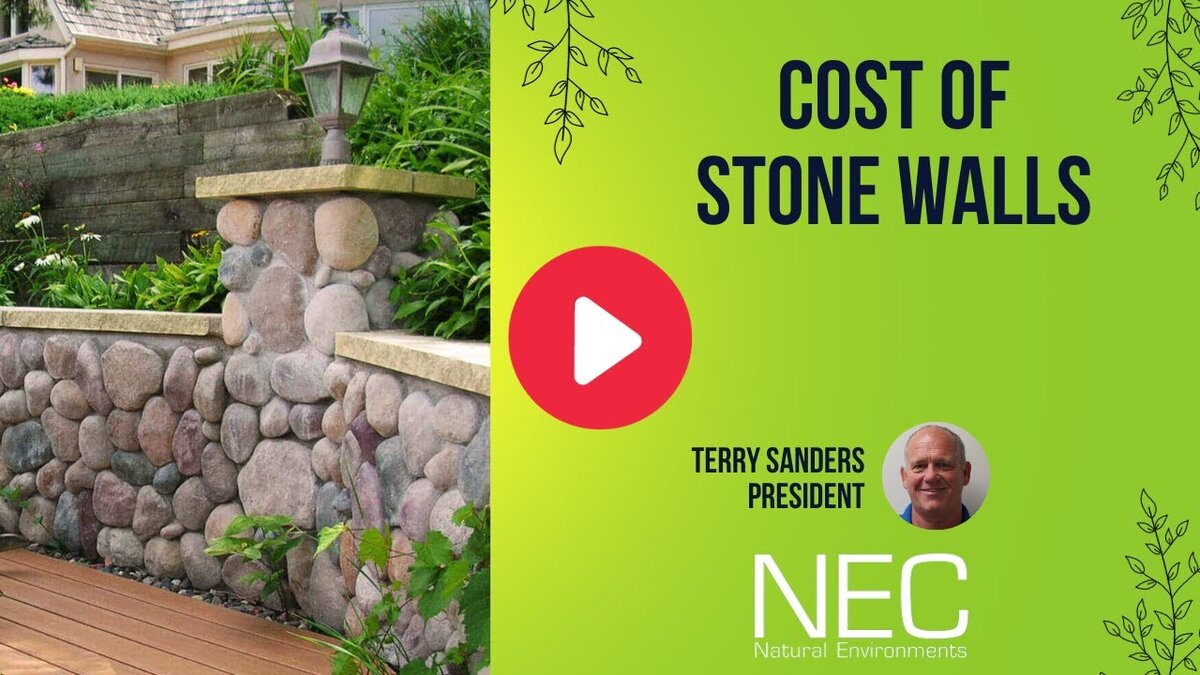
Retaining Walls
Searching for a retaining wall contractor in Minneapolis, Minnesota? If you need a retaining wall, it’s best to trust the experts at Natural Environments Corporation. We’ve devoted the last 40 years to help bring our clients’ landscaping ideas to life. And with experienced workers on every project, you can rest assured that we’ll get the job done right. Request a quote from us today to get started.





